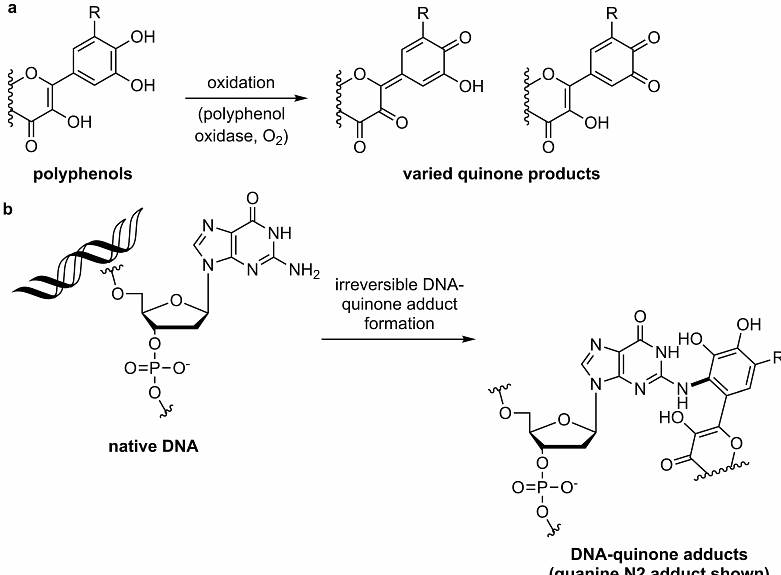A Cry For Kelp: Evidence for Polyphenolic Inhibition of Oxford Nanopore Sequencing of Brown Algae

A Cry For Kelp: Evidence for Polyphenolic Inhibition of Oxford Nanopore Sequencing of Brown Algae
Pearman, W. S.; Arranz, V.; Carvajal, J. I.; Whibley, A.; Liau, Y.; Johnson, K.; Gray, R.; Treece, J. M.; Gemmell, N. J.; Liggins, L.; Fraser, C. I.; Jensen, E. L.; Green, N. J.
AbstractGenomic resources for macroalgae are increasingly important for conservation and commercial management, however the generation of such resources continues to be hampered by difficulties in the isolation of suitable DNA. Even when DNA has been isolated that otherwise appears high quality, such samples may not perform well during the sequencing process. We here compare Oxford Nanopore long-read sequencing results for three species of macroalgae to those of non-macroalgal species and find that macroalgal samples tend to lead to rapid decline in the number of available sequencing pores. LC-MS analysis of macroalgal DNA that would be considered suitable for sequencing reveals that DNA derived from dried macroalgae is enriched for polyphenol-DNA adducts - which may lead to sequencing inhibition. Our findings have wide-ranging implications for the generation of genomic resources from macroalgae, for example long read sequencing of dried herbarium specimens, and suggest a need to use fresh tissue wherever possible for genome sequencing.


